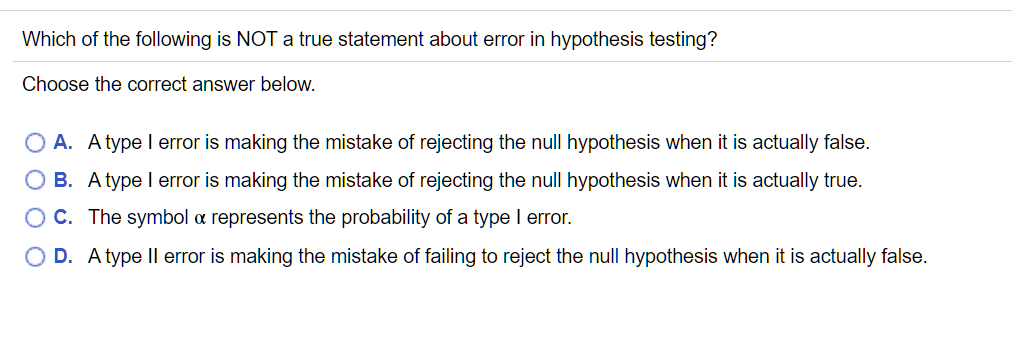Answer the following questions:
Q1:
Claim: The mean pulse rate (in beats per minute) of adult males is equal to 69.3 bpm. For a random sample of 139 adult males, the mean pulse rate is 69.7 bpm and the standard deviation is 11.3 bpm. Complete parts (a) and (b) below. 3. Express he original claim in symbolic form. V V bpm (Type an integer or a decimal. Do not round.) b. Identify the null and alternative hypotheses. H0: V V bpm H1 : l V bpm (Type integers or decimals. Do not round.) Claim: Fewer than 95% of adults have a cell phone. In a reputable poll of 1123 adults, 36% said that they have a cell phone. Find the value of the test statistic. The value of the test statistic is . (Round to two decimal places as needed.) Assume a signicance level of o: = 0.01 and use the given information to complete parts (a) and (b) below. Original claim: The mean pulse rate (in beats per minute) of a certain group of adult males is 74 bpm. The hypothesis test results in a P-value of 0.0084. a. State a conclusion about the null hypothesis. (Reject H0 or fail to reject H0.) Choose the correct answer below. 0 A. Fail to reject HO because the P-value is less than or equal to a. O B. Fail to reject HO because the Pvalue is greater than a. O C. Reject HD because the P-value is less than or equal to or. O D. Reject HD because the Pvalue is greater than a. h. Without using technical terms, state a nal conclusion that addresses the original claim. Which of the following is the correct conclusion? O A. The mean pulse rate (in beats per minute) of the group of adult males is not 74 bpm. O B. The mean pulse rate (in beats per minute) of the group of adult males is 74 bpm. O C. There is not sufcient evidence to warrant rejection of the claim that the mean pulse rate (in beats per minute) of the group of adult males is 74 bpm. O D. There is sufcient evidence to warrant rejection of the claim that the mean pulse rate (in beats per minute) of the group 0! adult males is 74 bpm. Which of the following is NOT a true statement about error in hypothesis testing? Choose the correct answer below. 0 A. Atype I error is making the mistake of rejecting the null hypothesis when it is actually false. O B. Atype I error is making the mistake of rejecting the null hypothesis when it is actually true. O C. The symbol or represents the probability of a type I error. 0 D. Atype ll error is making the mistake of failing to reject the null hypothesis when it is actually false










